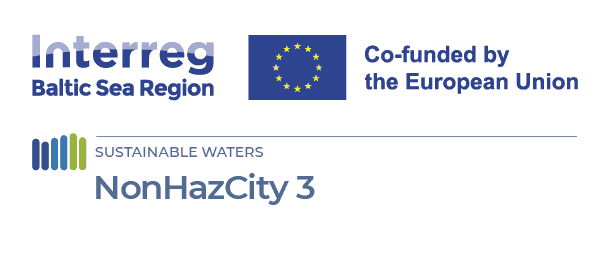
Blueprint empowers cities to build tox-free, circular, and climate-friendly
09 July 2025
As cities across Europe strive to meet ambitious climate and sustainability goals, the construction sector stands at a critical crossroads. With buildings responsible for nearly 36% of the EU’s greenhouse gas emissions, and construction materials often containing hazardous substances, the need for safer, more sustainable building practices has never been more urgent.
The NonHazCity3 project has responded with a powerful new resource: the “Tox-Free Building Blueprint”, a comprehensive guide designed to help municipalities, planners, and construction professionals reduce hazardous chemicals in buildings while advancing circularity and climate neutrality.
This publication offers:
- A comparative analysis of leading building certification systems (like BREEAM, LEED, DGNB, Nordic Swan, and others), focusing on how they address hazardous chemicals.
- Practical guidance for integrating chemical safety into Green Public Procurement (GPP), from early planning and market dialogue to contract management and verification.
- Recommendations for national and regional certification systems to strengthen their chemical criteria, using the Nordic Swan Ecolabel as a benchmark.
The Blueprint emphasizes that hazardous chemicals are not just an environmental issue—they’re a barrier to circularity. Materials containing toxic substances are harder to recycle or reuse, undermining efforts to close the loop in construction. By addressing chemical safety, cities can unlock the full potential of circular construction and reduce long-term health and environmental costs.
Municipalities are especially encouraged to use the publication’s science-based criteria in procurement processes. These ready-to-use tools can help public authorities lead by example, setting new standards for tox-free, sustainable buildings.
The full publication can be found here.





